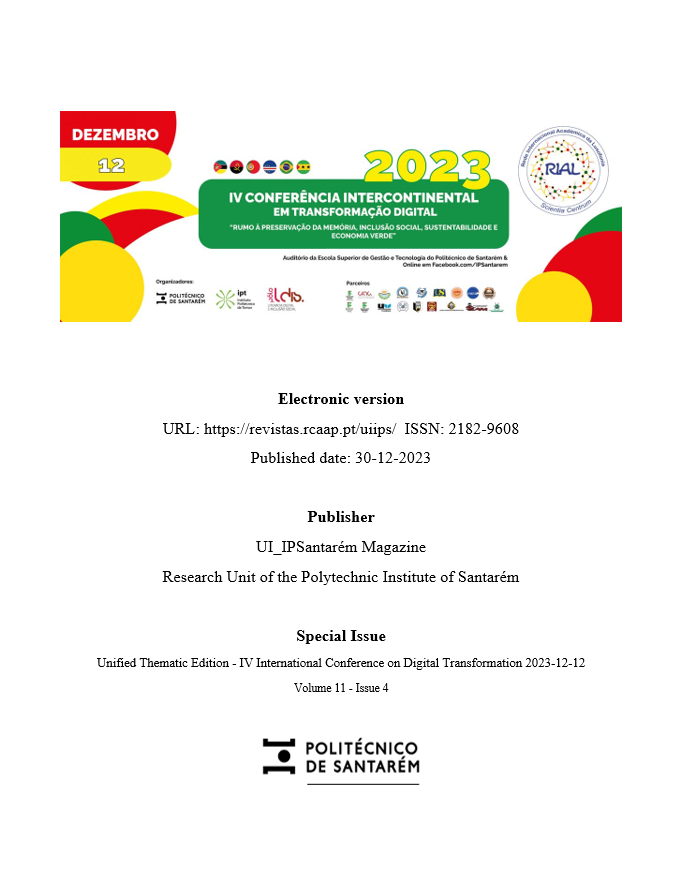Teaching Programming Logic Using VisuAlg Software as a Teaching Resource
DOI:
https://doi.org/10.25746/ruiips.v11.i4.34087Keywords:
Training, Programming Logic, Educational software, VisuAlg, Structured PortugueseAbstract
Historically, the process of teaching programming has been considered challenging for students due to reasons such as a lack of proper preparation, insufficient educational resources, and a lack of digital tools to assist key stakeholders (teachers and students) in solving the problems that arise in the teaching and learning process. Consequently, professionals in the field of Computing, equipped to develop software used to create intelligent solutions to meet the needs of current society, are increasingly in demand. To study the impact of using educational software in introductory Programming Logic teaching, a qualitative study was conducted at the Nzenzu Estrela Private Higher Institute (ISPNE) in Uíge, Angola. Using the VisuAlg software with a group of 67 students over 16 classes, the students' adoption of the software and their progress in learning were analyzed. The results obtained at the end of the evaluation showed that 92.54% of the students had a positive perception of learning Programming Logic using this instructional resource, stimulating students' interest in the programming field.
Downloads
Published
How to Cite
Issue
Section
License
Copyright (c) 2024 Luzizila Salambiaku, Paula Prata, Kavadiambuko Maleka Lutandila

This work is licensed under a Creative Commons Attribution-NonCommercial-NoDerivatives 4.0 International License.
Authors publishing in this journal agree to the following terms:
Authors retain copyright and grant the journal the right of first publication, with the article simultaneously licensed under the Creative Commons Attribution License that allows sharing of the work with acknowledgement of authorship and initial publication in this journal.
Authors are permitted to enter into additional contracts separately for non-exclusive distribution of the version of the article published in this journal (e.g., publish in an institutional repository or as a book chapter), with acknowledgment of authorship and initial publication in this journal.
Authors have permission and are encouraged to publish and distribute their work online (e.g., in institutional repositories or on their personal webpage) at any point before or during the editorial process, as this may generate productive changes, as well as increase the impact and citation of the published work.



